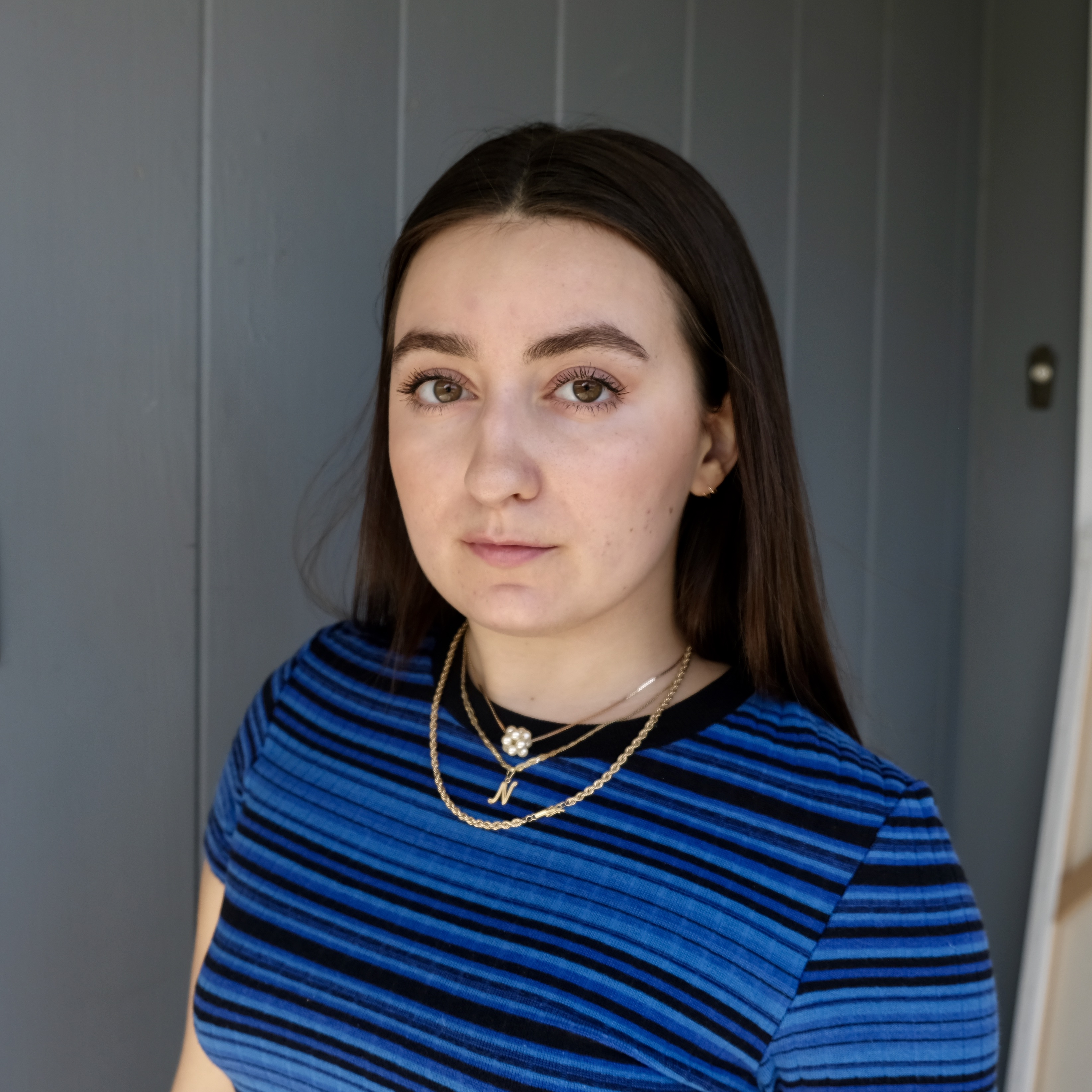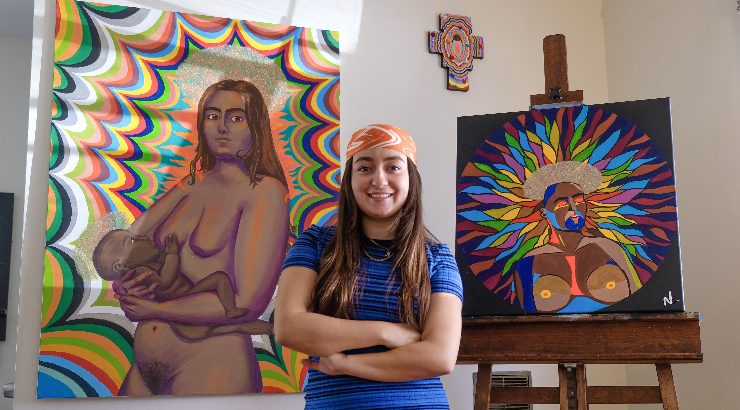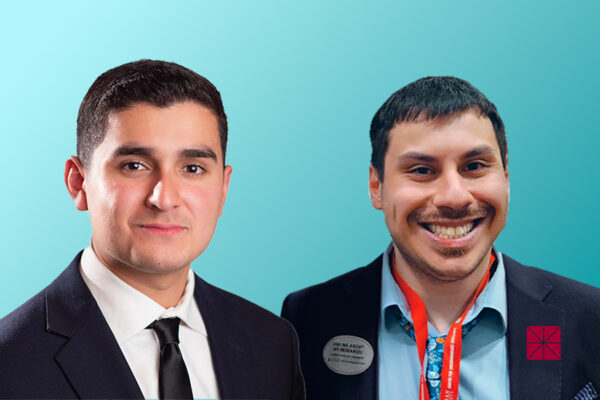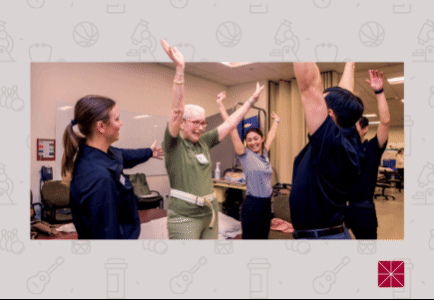I was born and raised in the border city of Chula Vista, where every other person and restaurant is Mexican, and every other word switches from Spanish to English. I came to Chapman University to pursue a degree in peace studies, and in my first semester I went from speaking Spanish every day to maybe once a week, usually short exchanges with Chapman custodial and facilities staff members.

One day, I was walking back to my residence hall from class, and as I said buenas tardes during such an exchange, I became very aware of my privilege. I realized that I was in college because even though my mom is a Mexican, born and raised in Tijuana, and my dad is a Cuban immigrant, they are racially white. That greatly increased their social capital. I decided I would use my white privilege and college education to empower my Latinx community so that our skin color wouldn’t have to separate us.
“I became heavily involved in campus cultural clubs and political initiatives.”
I found people who experienced the same side effects of a predominantly white institution, and with whom I could just be myself – unfiltered and unapologetic. This community has been my home throughout college, and I know we will always be bound by our struggles, our dedication to social justice and, most importantly, our friendship.
The spaces where we exist, though, are sparse. Most of the time, there is a chilling silence surrounding our identities that rings in our ears when we walk through campus. This silence is the result of an institution that has not always actively included people of all backgrounds. It causes many minoritized students to experience isolation, anxiety, depression, discrimination and sometimes hate.
I’ve learned to actively care for myself to cope with the side effects of predominantly white institutions. One way I do this is through art.
Making art has helped me find freedom in the place where my identities and passions intersect. It has pushed me to be more authentically myself in white or male-dominated spaces. It has fed my capacity for activism.
I’m humbled to have reached a place of self-worth, purpose and authenticity through my art and activism. The communities that helped me get there were hard to find, and sometimes I had to build them from scratch. But I am here, nonetheless, and I will not let my presence go unnoticed.
My Chapman experience is not the one they advertise on banners and pamphlets. In Moulton Hall, I learned I was an artist-activist. In the Cross-Cultural Center, I found my voice, my community and the purpose of my college career. My Chapman experience was late-night club meetings, collaborating with friends about how we could mobilize to make change at Chapman.
It was walking out at the Piazza to protest gun violence and Brett Kavanaugh. It was demanding better conditions for Black students, who make up just 2% of our overall student population. It was hearing Angela Davis and Dolores Huerta speak on stage at Memorial Hall. It was organizing a coalition of activists over Zoom in the middle of a pandemic to stop white supremacists from teaching at our school.
“This was my Chapman experience. And even after I graduate, the people I organized with will be my Chapman community.”
Every last student who walks onto campus as a first-year should be able to look back on graduation day and feel pride. If they don’t, then we need to make changes to ensure that they do. The time of performative diversity, equity and inclusion is over. We need every last Chapman student, alumnus, professor, staff member, administrator, trustee and parent to join us. Let’s build a Chapman community where every last student can be themselves in every space, all the time, and reach their full potential.
Natalia Ventura ’21 is a peace studies major who helped create her own minor in aesthetic activism. She recently earned Chapman’s Outstanding Diversity Leadership Award after serving as the lead assistant in the Cross-Cultural Center and co-chair of the Advisory Group on the Status of People of Color for the Chapman Diversity Project. An interview with Ventura is on the Our Voices page of the Chapman Newsroom.




